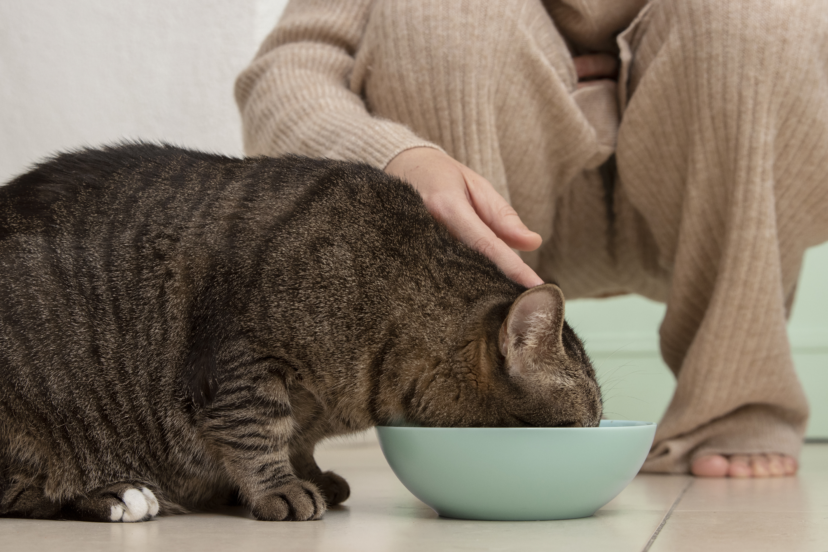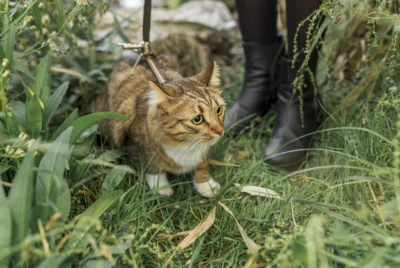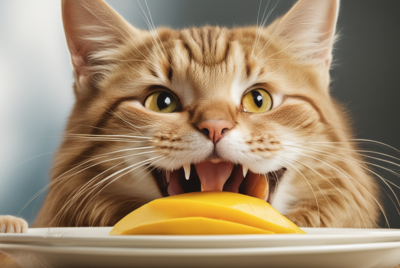How Much Wet Food to Feed A Cat? A Feeding Guide
Figuring out how much wet food to feed your cat can be tricky. There’s no one-size-fits-all answer, as it depends on your cat’s age, weight, and activity level. But fret not, pet parents! We can help you navigate this with a helpful starting point and some key factors to consider.
The general cat feeding guidelines provide that most adult cats need around 4-5 ounces of wet cat food per day. This provides a baseline to ensure they get the essential nutrients they need. Keep in mind that this is just a starting point, and you’ll likely need to adjust it based on your cat’s specific needs.
Why Choose Wet Cat Food?
Cats are natural carnivores, meaning their bodies are designed to get most of their nutrients from animal protein. Cat wet food typically has more protein and moisture (around 70-80%) compared to dry cat food (around 10%). This extra moisture can be especially helpful for cats who aren’t big water drinkers. The smell and texture of wet cat food can also be more tempting to some cats.
Here’s why you might consider switching to wet cat food:
- Protein Powerhouse: Wet food often packs more protein, which helps build strong muscles, keeps their immune system functioning well, and gives them energy to play and explore.
- Hydration Hero: The higher moisture content in wet food helps cats stay hydrated, especially if they’re not big fans of water. This can help prevent urinary tract problems, a common concern in cats.
- Picky Eater Pleaser: The smell and texture of wet food can be more appealing to some cats, even picky eaters. This ensures they get the essential nutrients they need to thrive.
- Weight Management Aid: The extra water in wet food can make cats feel fuller for longer, potentially helping with weight control.
However, wet food does have some drawbacks to consider:
- Pricey Pick: Wet food can be more expensive than dry food.
- Cleaning Chores: Wet food spoils faster than dry food, so you’ll need to clean their bowls more often.
- Sensitive Stomachs: Some cats might experience loose stools if you switch them to wet food too quickly.
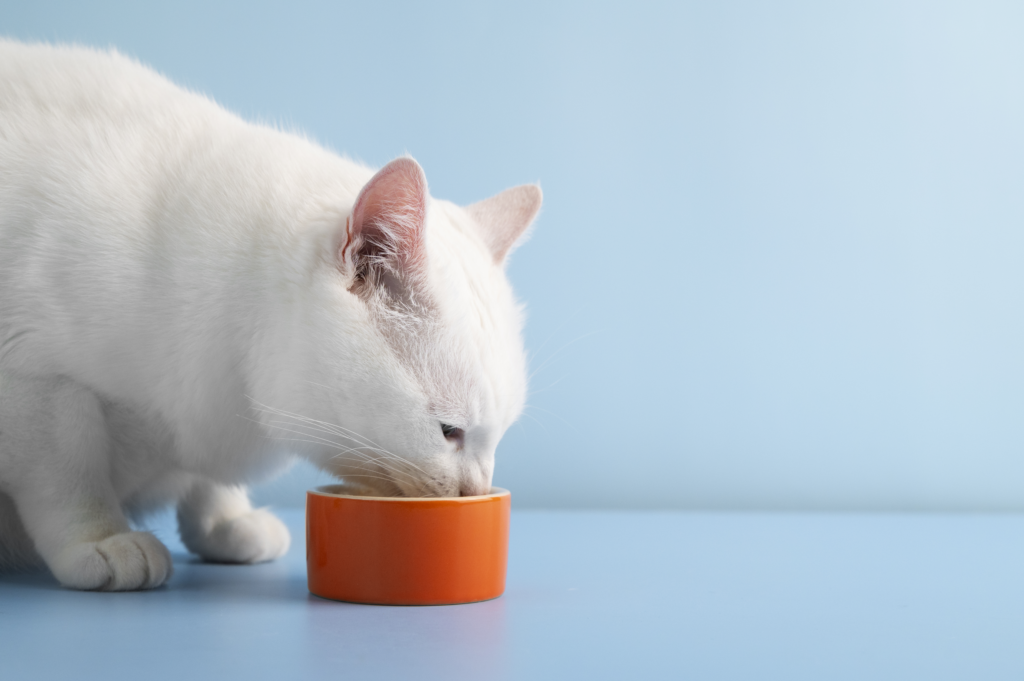
Finding the Right Amount of Wet Food for Your Cat
The amount of wet food your cat needs depends on several factors:
- Age: Kittens are growing machines and need more calories and nutrients per pound than adult cats. Senior cats usually become less active as they age, so they need fewer calories. Senior cats might also have special dietary needs due to age-related health concerns.
- Weight: A cat’s weight and body condition score are important indicators of their nutritional needs. If your cat is underweight, they might need more wet food. Overweight cats might need portion control and reduced-calorie wet food. Talk to your vet to find your cat’s ideal body condition score and adjust their food intake accordingly.
- Activity Level: Indoor cats with a less active lifestyle burn fewer calories than outdoor cats. They might need less wet food to avoid weight gain.
Understanding Calorie Content and Food Labels
- Calories: The Fuel Source: Calories give your cat the energy they need for everything they do, from playing to napping. The number of calories your cat needs depends on the factors mentioned above.
- Reading Cat Food Labels: Every canned cat food label should display the calorie content per ounce or can. This information is key to figuring out how much food provides the right amount of calories for your cat.
Estimating Daily Calorie Needs
There are two ways to estimate your cat’s daily calorie needs:
- Talk to Your Vet: Your veterinarian is the best resource for personalized recommendations. They can consider your cat’s age, weight, activity level, and overall health to determine their ideal daily calorie intake.
- Online Calculators: Some reputable pet care websites offer cat calorie calculators. These tools usually ask for your cat’s age, weight, and activity level to give you an estimated daily calorie requirement. However, it’s important to remember that these are just estimates, and consulting your vet is always best.
Finding the Perfect Portion
- General Recommendation: As a starting point, most adult cats need around 4-5 ounces of wet food per day. This is just a general guideline, and the actual amount can vary greatly depending on your cat’s individual needs.
Fine-Tuning Portions for Optimal Health
Here are some key strategies to make sure your cat gets the right amount of wet cat food:
- Body Condition Score: Regularly check your cat’s body condition score. You can do this by feeling along their spine and ribs to assess their body fat reserves. A healthy cat should have a slight hourglass figure when viewed from above, with ribs easily felt but not visible.
If your cat feels too thin, consult your vet about increasing their wet food intake. Conversely, if they seem overweight, reducing portions might be necessary.
- Start Low, Monitor, Adjust: Watch their eating habits and adjust the amount based on their response. Are they finishing everything? Do they seem hungry after eating? Leave a little less food in their bowl than you think they might need, and see if they come back for more later. This way, you can avoid overfeeding and ensure they get just the right amount.
More Feeding Tips
- Feeding Schedule: Consider feeding your cat multiple smaller meals throughout the day instead of free-feeding (leaving food out all day). This can help with portion control, and digestion, and prevent overeating. Cats are natural grazers, so multiple small meals might mimic their natural eating habits better.
- Leftovers Tell a Tale: Pay close attention to how much wet food your cat eats at each meal. If there’s consistently leftover food in their bowl, it might be a sign you’re overfeeding them.
Adjust portions accordingly to prevent them from exceeding their daily calorie requirement. Even a small amount of extra calories each day can lead to weight gain over time.
- Measure with Care: Don’t rely on guesswork when measuring portions. Use measuring cups or spoons to ensure you’re feeding the recommended amount. Consistency is key in ensuring your cat receives the right amount of nutrients. A slight difference in portion size each day might not seem like much, but it can add up over time.
Feeding Tips and Special Considerations
- Fresh Water is Essential: Even with wet food, cats still need clean water to stay hydrated. Put their water bowl in a quiet spot, away from their litter box and food. You could even try a water fountain, some cats like moving water better.
- Tempting Picky Eaters: Some cats might be hesitant to try wet food initially. Here are some tips to tempt them:
- Warm it Up: Gently warm the wet cat food in the microwave for a few seconds to enhance the aroma and make it more appealing. Just make sure it’s not too hot! You can test the temperature with your finger before giving it to your cat.
- Variety is Key: Try different wet food flavors and textures to see what your cat prefers. Some cats might enjoy pâtés, while others might favor flaked or minced textures. Experiment with different brands and flavors until you find one your cat loves.
- Mix and Match: If your cat is hesitant to switch completely from dry food, try mixing a small amount of wet food with their kibble at first. Slowly increase the amount of wet food over time until they’re comfortable eating it on its own.
- Senior Cats and Dietary Needs: Senior cats might have different needs due to their age. They might need a special wet food formula that’s easier to digest and has more moisture. Talk to your vet about the best wet food options for your older feline friend.
- Food Preparations : Check for the expiration of the canned food. Do not let wet cat food sit for more than 1-2 hours. Ideally, if it’s kitten food, it should be mixed with water. Feeding dry food mixed with cat wet food may also be a good option.
Weight Management
- Weight Loss: If your cat needs to lose weight, your veterinarian will recommend a reduced-calorie wet food diet and a portion control plan. Gradual changes are key to avoid digestive upset. Start with small reductions in food intake and monitor your cat’s weight regularly.
- Weight Gain: For cats needing to gain weight, a higher-calorie wet food with adjusted portions might be necessary. Consult your veterinarian to determine the ideal weight gain plan for your cat. They can help you find the right balance to ensure your cat reaches and maintains a healthy weight.
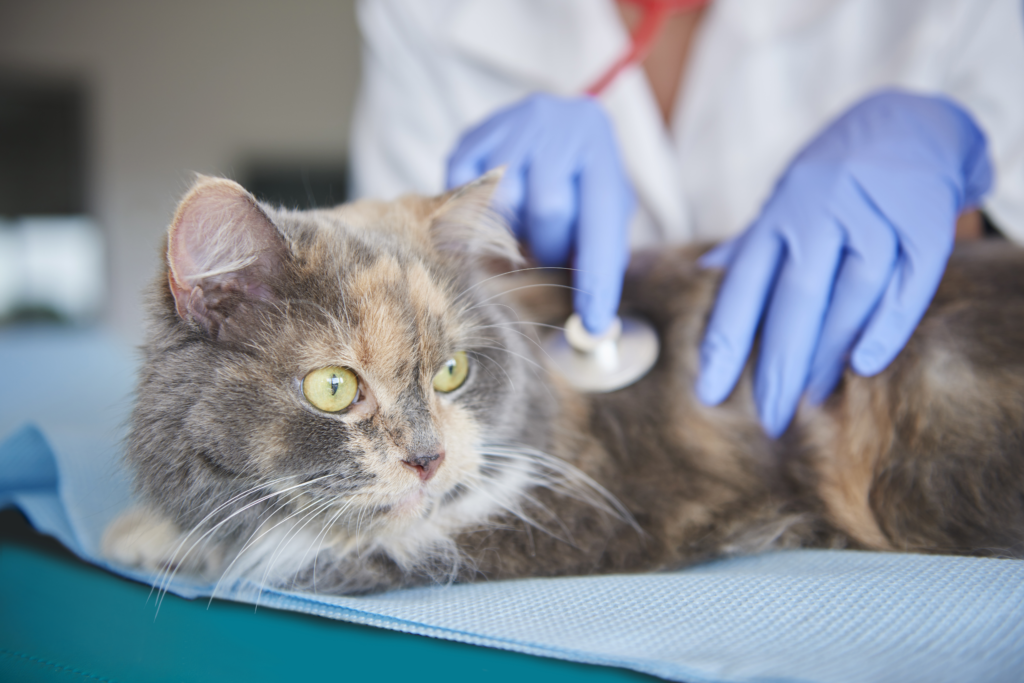
Why Consulting Your Veterinarian Matters
Thinking about switching your cat to wet food? Great! But how much should you feed them? Don’t worry, your veterinarian (vet) is here to help!
- Your Vet Knows Your Cat Best: Vets consider your cat’s unique needs, health, and lifestyle to recommend the perfect amount of wet food. Kittens need more than senior cats, and active outdoor adventurers need more than indoor couch potatoes. Your vet can take all these factors into account to create a personalized feeding plan for your feline friend.
- Special Needs, Special Food: Certain health problems might require a special wet food formula. Your vet can recommend the right food to help manage your cat’s condition effectively.
For example, cats with kidney disease might need low-protein wet food, while cats with urinary tract problems might benefit from food that promotes urinary health. This ensures you provide the most appropriate nutrition for your cat’s specific needs.
What you make your cat eat is your first step to ensuring good health.
- Regular Checkups Keep Your Cat Healthy: Regular vet visits allow your vet to monitor your cat’s weight and overall health. If they notice any problems with your cat’s nutrition, they can adjust the wet food intake or recommend a different type. Early detection and intervention are key to keeping your cat healthy and happy.
The Takeaway: A Happy and Healthy Cat
Choosing the right wet food and feeding your cat the perfect amount is the recipe for their happiness and health. By understanding your cat’s individual needs, following these feeding tips, and consulting your veterinarian, you can ensure your feline friend thrives on a delicious and nutritious wet food diet. When you feed wet food to your cat in the right amount at the right time, this translates to a longer, healthier, and perfectly content life for your furry companion!
Also read: Can Cats Eat Popcorn? The Truth About This Crunchy Treat

